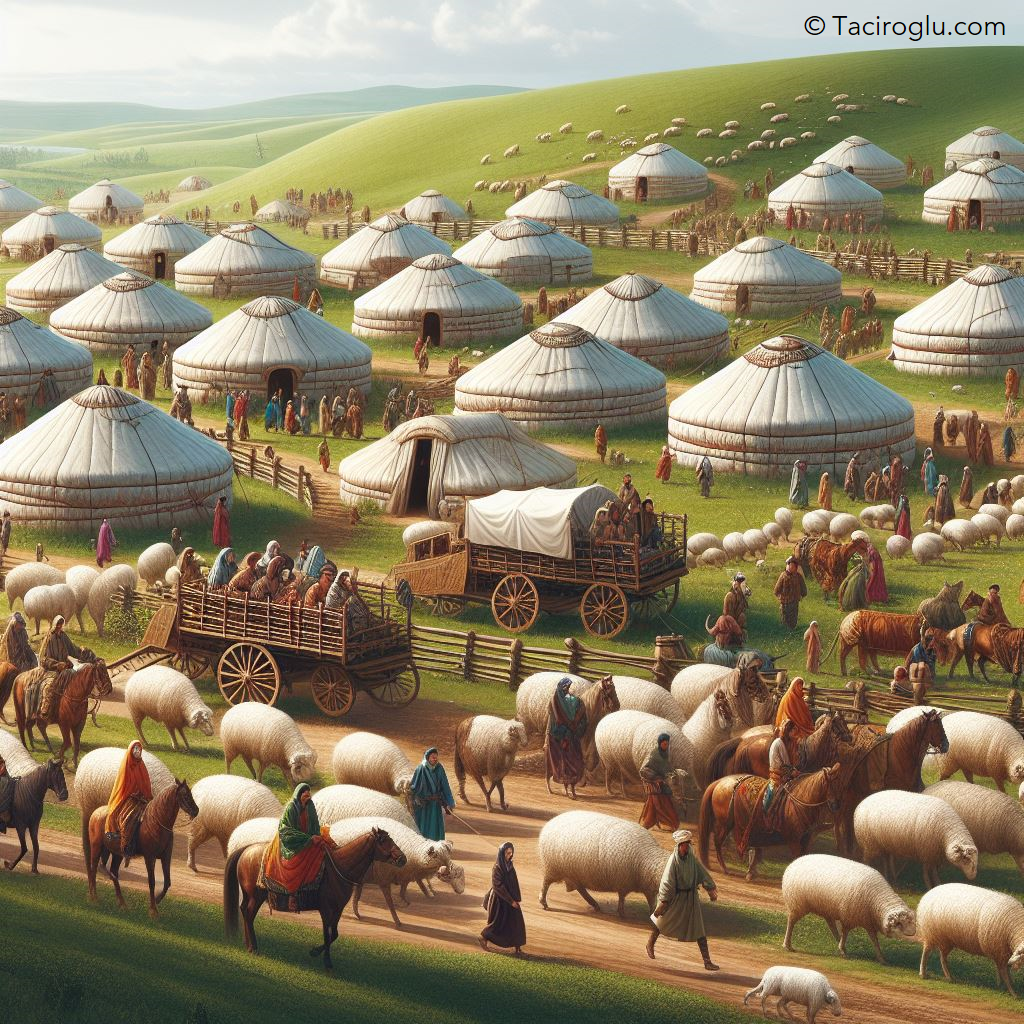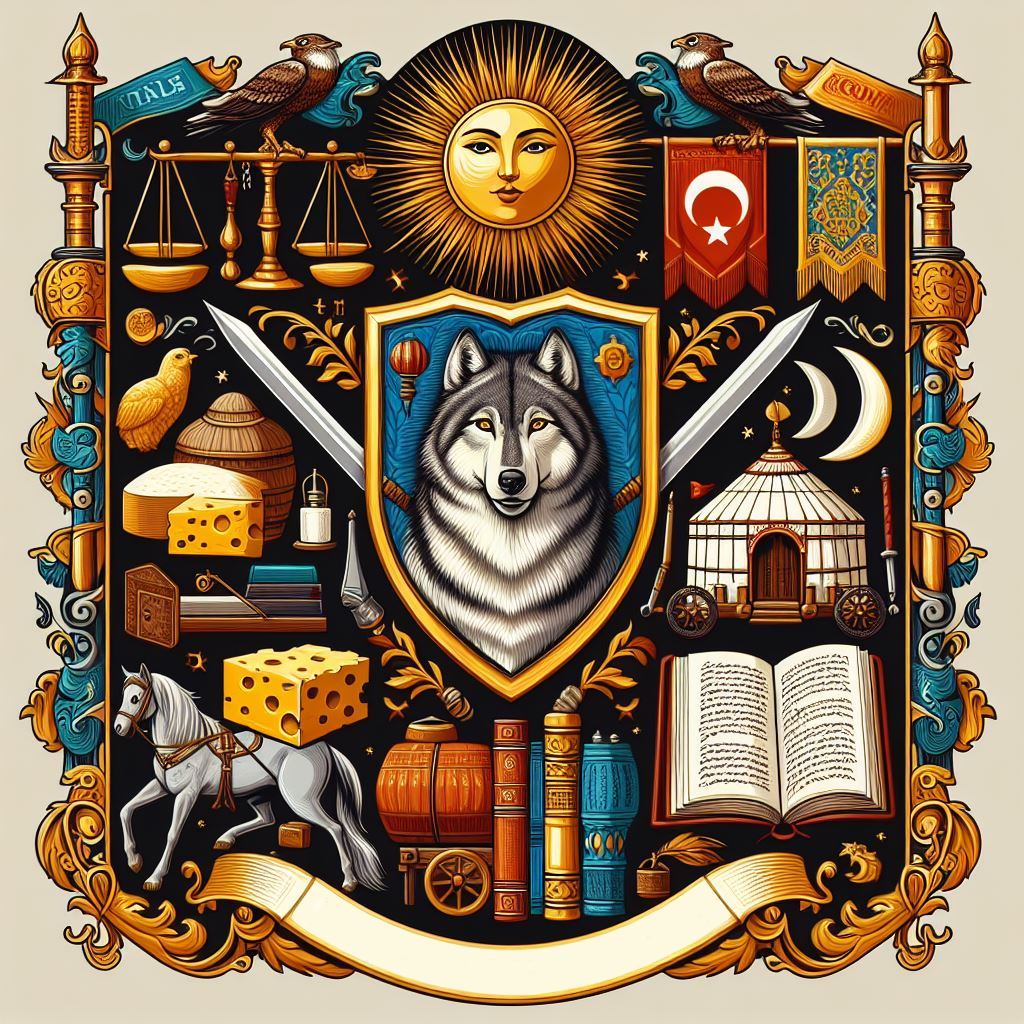Wealth of Tecirli Clan from 1700s to 1930s
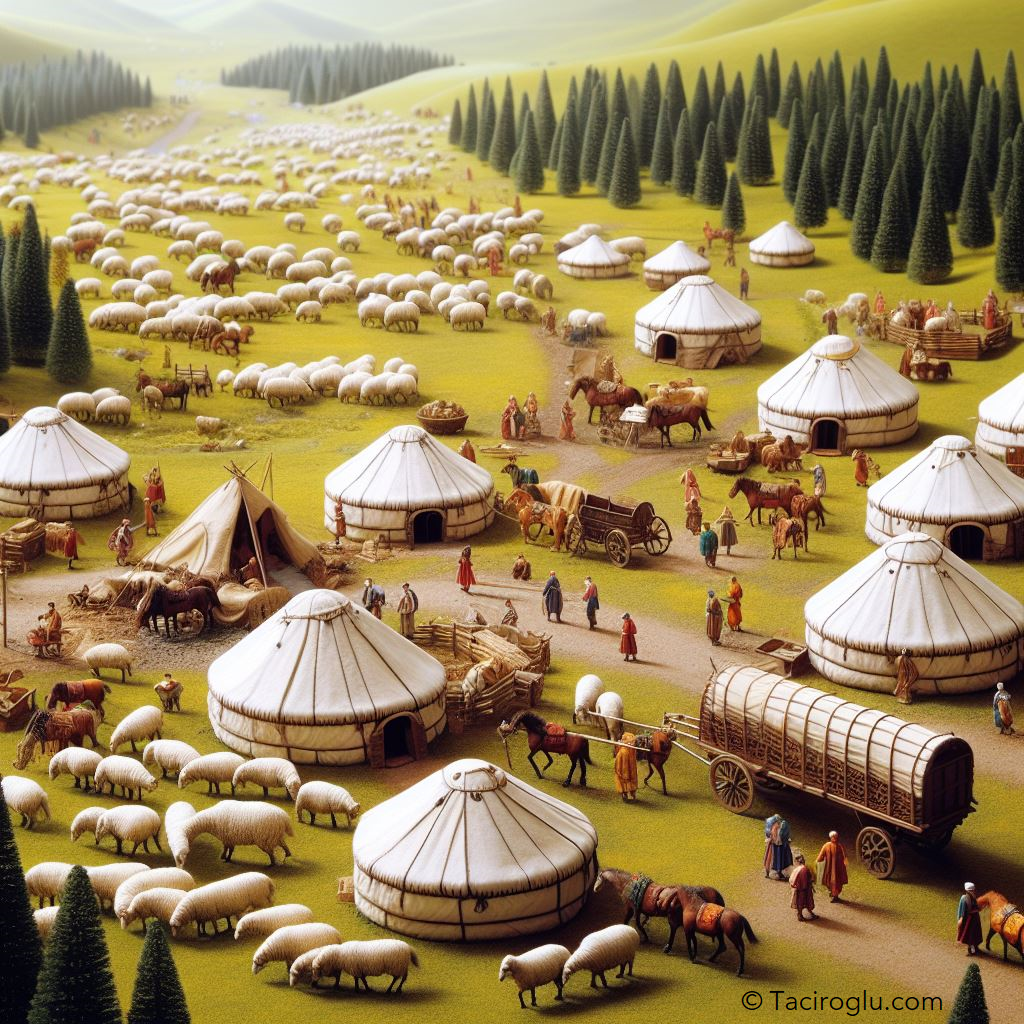
From the early 1700s to 1880, the Tecirli clan led a modest yet prosperous existence. Their possessions were simply consisting mainly of weathered yurts, horse carriages, and carpets of minimal value. However, their true source of their wealth was a vast array of livestock. Horses and tens of thousands of sheep formed the bedrock of their affluence. This enabled them to migrate freely with their herds. In stark contrast to their considerable wealth, the clan members maintained a humble appearance. The practical and unpretentious clothing they wore was essential for their nomadic way of life.
Cheese Making
The envy and greed of certain individuals, driven by a desire for power and wealth, manifested in physical and cultural attacks against the Tecirli clan throughout the years. Despite these challenges, the clan thrived on the abundant milk from their sheep, collected daily. They successfully sold a portion of the milk during colder seasons in its liquid form. Nevertheless, they required preservation techniques to make full use of the milk. This necessity led to the evolution of cheese-making. Furthermore, this skill became a unique skill and a passionate pursuit for the Tecirli clan. From birth to death, cheese-making became their way of life. This skill turned them into masters of the craft in the heart of Anatolia. They crafted various types of cheese, each boasting unique flavors and textures.
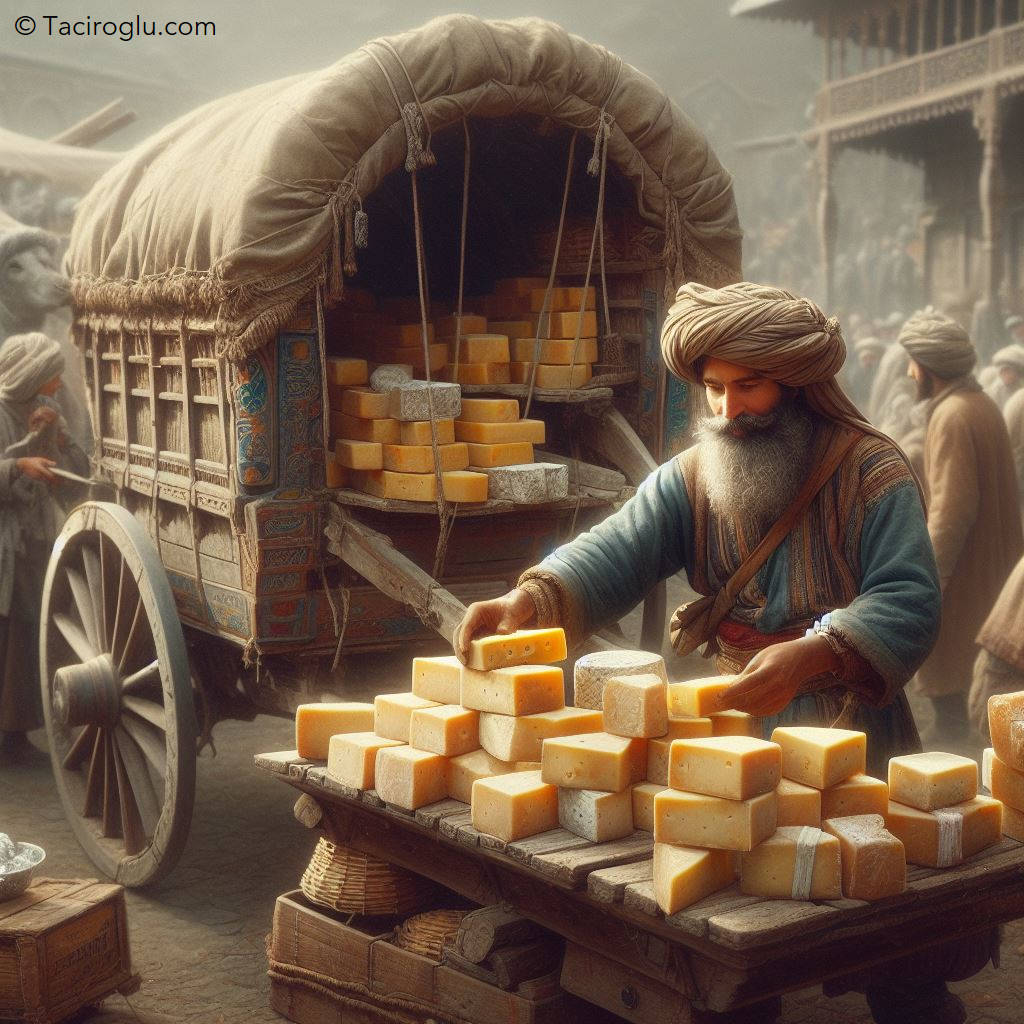
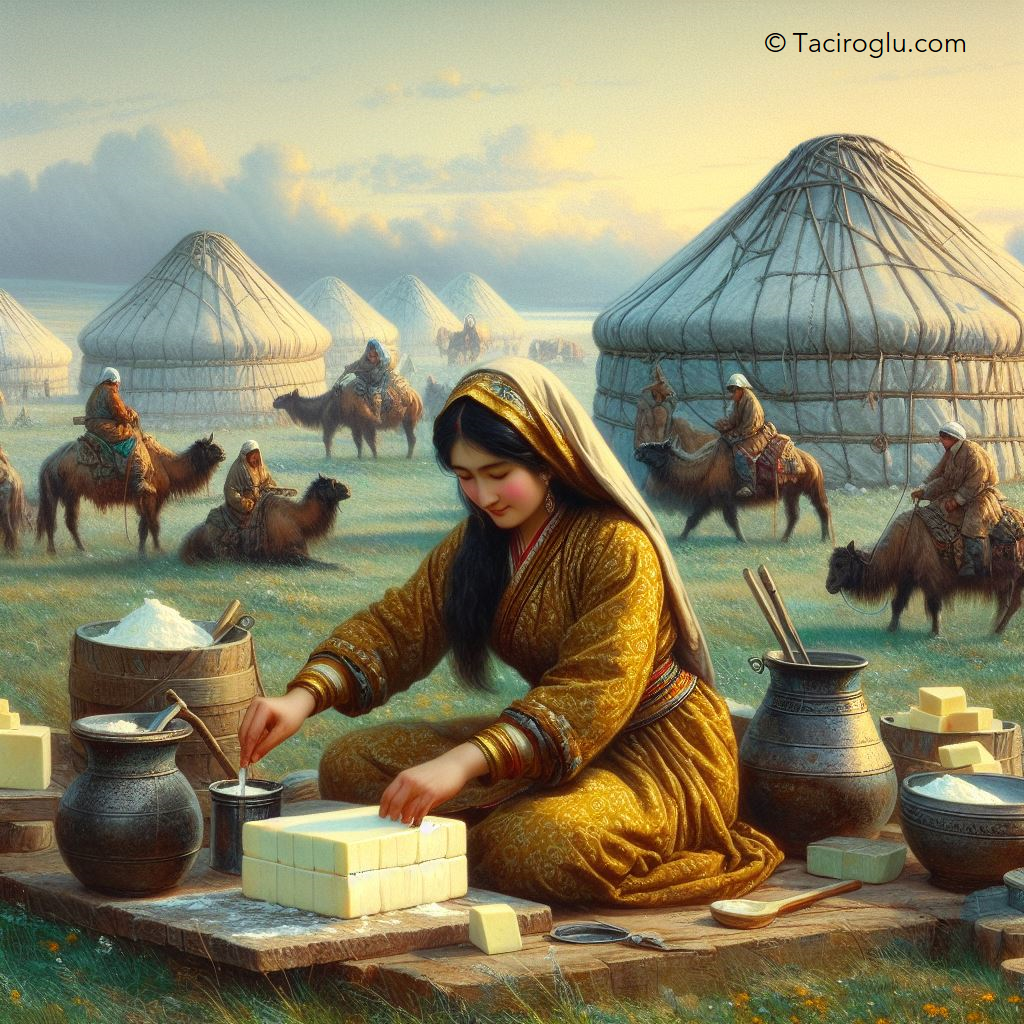
The division of labor within the clan was clear – pastoral nomads undertook the production, while trader nomads managed commerce. The trader nomads, in addition to mastering the intricacies of trade, embraced the art and ethics of being merchants with a steadfast commitment to serving their community. Offering essential goods at fair prices, they cultivated trust and respect from both customers and partners. Beyond cheese and meat, they traded in scarce or unavailable products, diversifying their offerings to meet the needs of the market.
Wealth of Knowledge
The zenith of the Tecirli clan’s fortune and happiness came crashing down in 1880. The violent campaign orchestrated by corrupt Ottoman officials and immigrants resulted in widespread plunder and devastation. Most of the clan perished, and their wealth was cruelly stolen. Left in the wake of this tragedy were a handful of survivors, primarily children, who found themselves bereft of everything except their skills in trading and cheese-making. With the support of friends, these resilient survivors faced the daunting task of rebuilding their lives from the ground up. They carried forward the legacy of the Tecirli clan with determination and an unwavering spirit of endurance.
